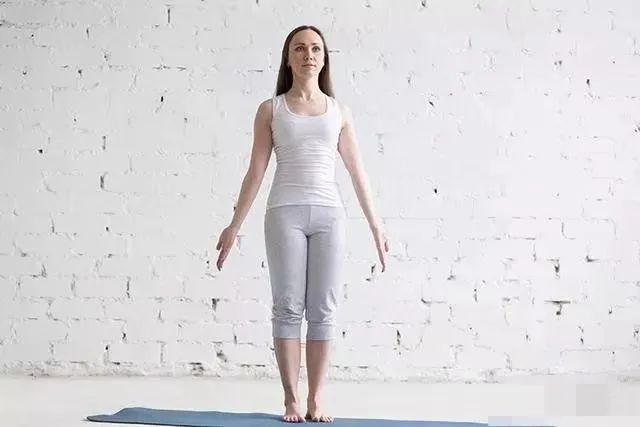As yoga practitioners, they often find new ways to deepen our practice.

But instead of always looking for more “advanced” poses and exercises, try some simpler yoga exercises.

Through refinement and repetition, these exercises will become part of daily practice.

Committed to simpler daily yoga, rather than complex sequences, committed to the “refinement” of yoga practice is a deeper commitment, rather than the “diversification” of practice.

For those who really want to understand yoga and its philosophy, the continuity and refinement of practice is the key.

The deeper and true understanding of yoga always comes from deep personal experience, rather than the mental or cognitive understanding learned from books.

Bringing simplicity to yoga practice does not mean it will be too easy.

When you think carefully, the words “simple” and “easy” have different meanings: simple exercises are not necessarily easy.

When we practice regularly and constantly improve them, some very simple exercises can become very profound.

Instead of always looking for stronger and more complex asanas, try to improve some simple asana sequences or focus on pranayama and meditation techniques.

Asana exercises are only a small part of the eight branches of yoga, and all other exercises are equally valuable in yoga.

In Chapters 2.46 and 2.47 of the Yoga Sutra of Patanjali, it is mentioned that asanas should be practiced on the body, and it is suggested that asanas should be easy to practice and kept on the ground stably, while keeping clear attention.

Sometimes, the more challenging aspect of yoga practice is when we are asked to slow down and simplify, rather than speed up or complicate things, especially in busy life, when we like to complete things efficiently.
Yoga practice requires us not to use two things at once, but to live in the moment and find a sense of calm and relaxation in all poses.
As a more balanced method of yang practice, yin yoga is increasingly popular for meditation and pranayama (yoga breathing practice), which can also balance busy practice – remember that balance is the key.
We are often attracted by a specific yoga style, and sometimes we can benefit more from exploring those yoga styles that challenge us or go against our preferences.
The benefit of yoga comes from finding harmony and balance in practice to support changes in life, so that our practice becomes a place where we can truly return to ourselves and find peace.
Finally, I recommend several classic asanas that can be refined and repeated frequently: 1.
Mountain asana is a very important core asana in yoga.
Through mountain pose practice, we can cultivate our stable standing posture and good posture.
2.
The walking stick style, also known as the “sitting mountain style”, is the foundation of all sitting postures.
When we practice sitting posture, we should use this posture to correct our sitting posture.
3.
Master Iyengar said that whether a yogi is qualified and experienced depends on his two poses: the mountain pose and the downward dog pose.
Mountain style is the source and foundation of body style; The downward dog pose is the basis for stabilizing joints and establishing body connections…

